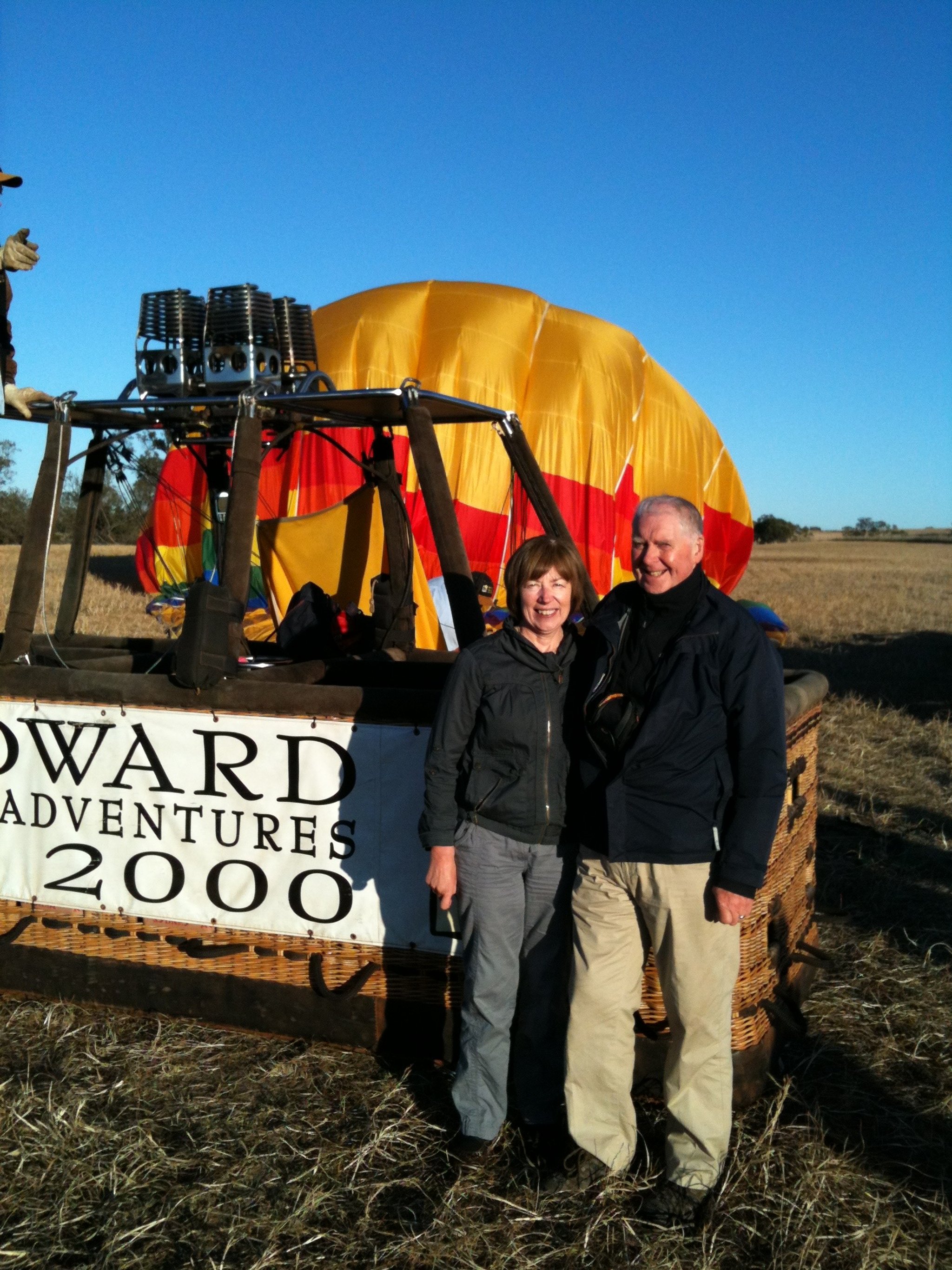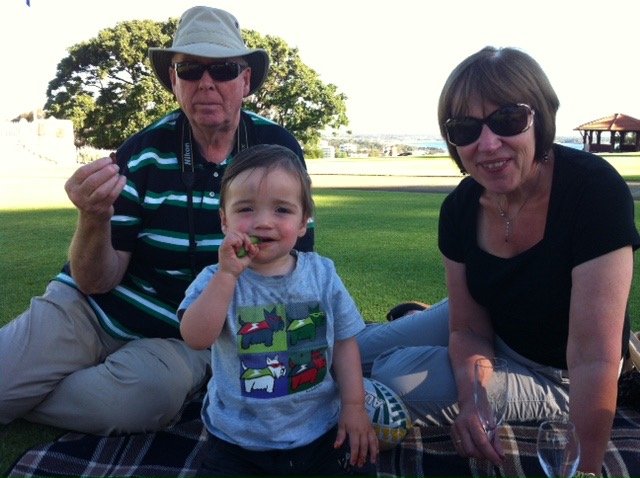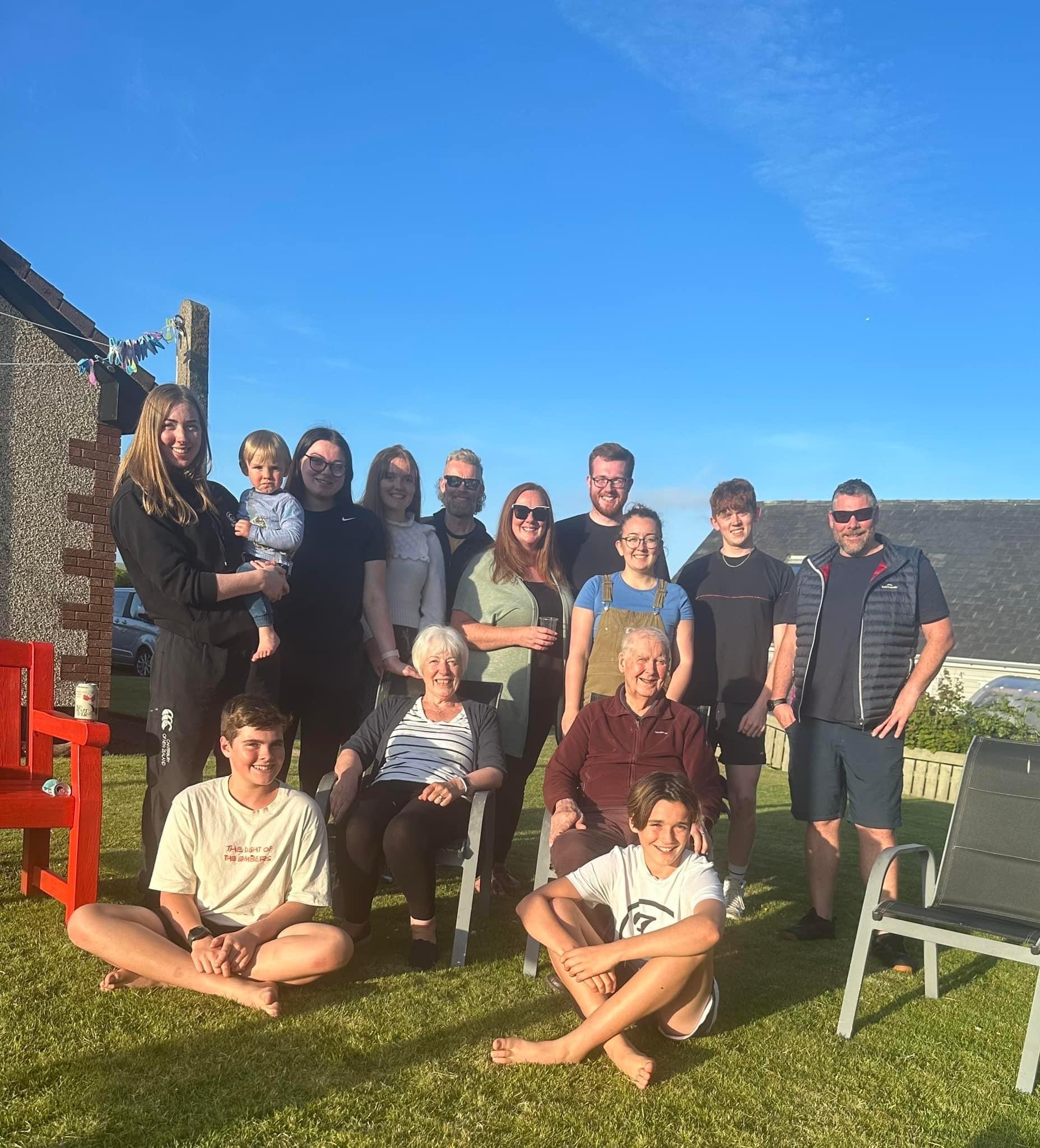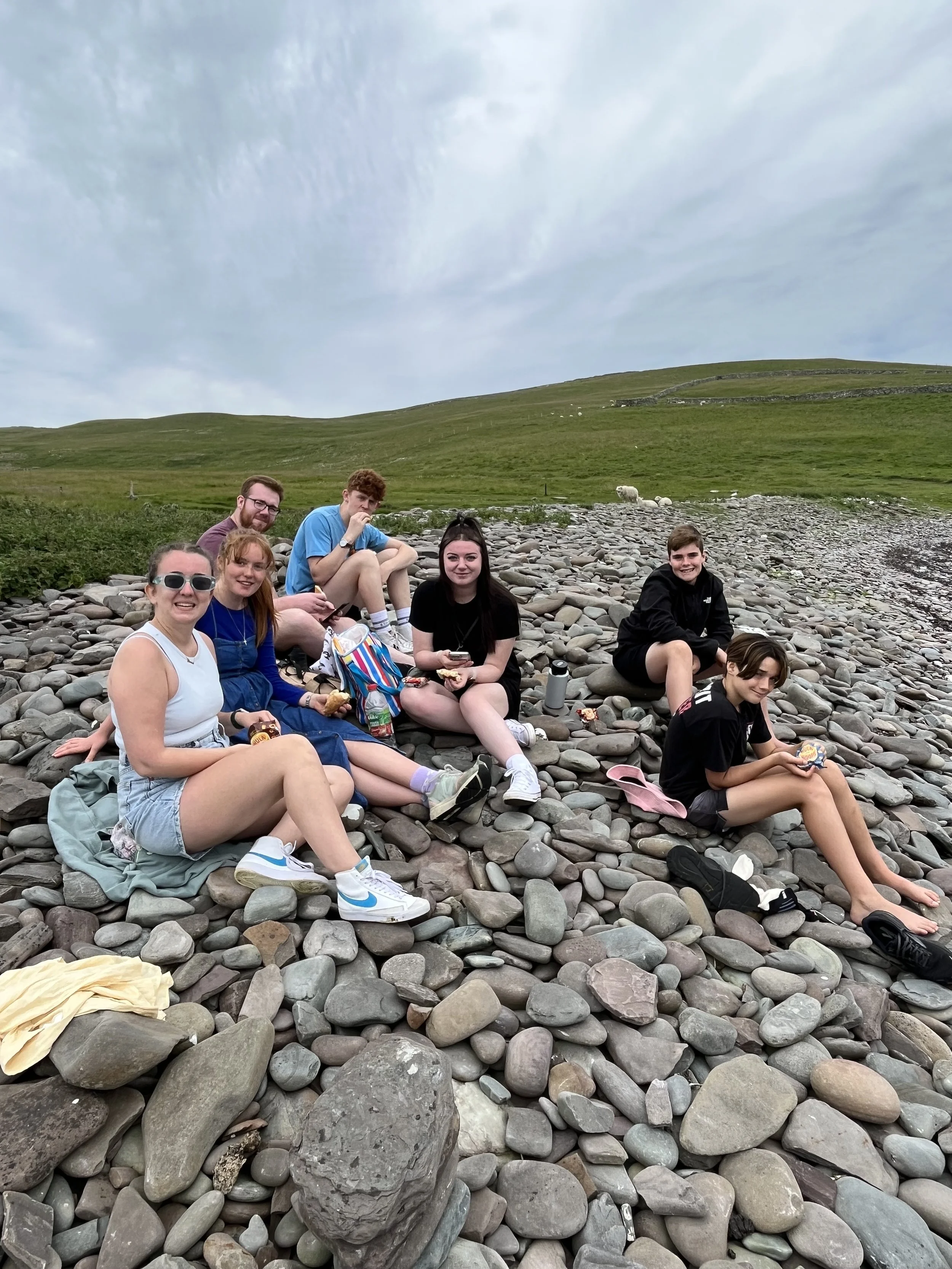I had come to Shetland with my family on frequent visits from the time I was a baby…
Shetland
So it was like a second home to me.
My father Leslie with my brother Ian and me as a baby
When we heard that we were moving to Shetland from John o’ Groats Ian and I were excited as we loved it there. We were even more excited when we realised we were going to live on a small island called Trondra. This is now joined to the mainland by a bridge but at the time the only means of access was by rowing across on a small boat.
SHETLAND
We loved living on an island. There was a tiny school with only ten or eleven pupils in total. The teacher had to row across from the mainland every day, so if it was a stormy day she didn’t make it and we were ecstatic! I can still remember standing with my brother peering out across the water to see if the teacher was rowing across in her small boat… or not… We loved the freedom of the life there.
Our home there wasn’t actually much bigger than our but and ben had been, but it consisted simply of living accommodation at one end of the Gospel Hall, owned by the Christian Brethren. We had no running water so Ian and I trekked to the well every day with our buckets. It all seemed like a grand adventure.
An elderly couple whom we called Granny and Granda Bruce lived next door. Granny Bruce was a bit of a ‘targer’ as my Aberdonian mother used to say. I think the nearest definition of this would have been querulous and irritable. If we dared leave the gate off the latch, as children are wont to do, she would bellow after us in a high pitched screech, ‘Caa da grind!’, Shetland for ‘shut the gate.’ Granda Bruce, by contrast, was a sweet, kind, gentle man who was habitually to be found mending his fishing nets in a hut down on the nearby beach.
I can still recall vividly to this day the warm, rich smell of the nets which felt so comforting. Occasionally, Granda Bruce would allow us to mend the nets under his watchful eye. On those rare occasions we felt part of a larger community, the fishermen so vital to these islands. Although we were only nine and seven, we were allowed to row the flattie (flat bottomed rowing boat) in the small bay: no lifebelts then and no fear of danger - simply the exhilaration of freedom.
At night I would sit in Granny Bruce’s knitting hut with her daughter and my mother. The adults would be knitting socks and continually talking, talking, talking. I was mesmerised by the rise and fall of the voices with their gentle, lulling drone, not understanding a word of the conversation but feeling drawn into it and somehow special for being included in the adults’ world.
Golden wedding of Granny and Granda Bruce in the Trondra Hall. They are at the end of the table. with my mum and dad front right. I’m at the back with the hair ribbon, my brother in front wearing the fair isle ganzie.
Little did I know then that one day far in the future I would marry a Shetlander and come to live on these beautiful islands.
After we had our kids we came most summers on holiday to Shetland to see Monty’s family. We loved travelling on the ferry and arriving in Shetland to see people waiting on the pier to greet us. The first stop for the kids was always ‘Harry’s Toy Shop’, an amazing treasure trove of nick nicks which provided endless entertainment for them. They had always saved up their pocket money for this adventure. We loved these holidays, when we stayed in Clairmont House. Granny Ruby was always busy in the shop or baking pancakes on the Aga. Grandad was invariably busy, with his white jacket and rolled up sleeves.
So our annual holidays in Shetland continued until we left for Ivory Coast, and then later when we returned. Very sadly, Ruby passed away while we were still in Ivory Coast. Her death was so sudden that there was no time for Monty to get back in time to see her. Her absence left a huge gap in the family. She was a wonderful, caring woman who held the family together and was a pivotal person in the centre of everything that was happening.
LIVING IN SHETLAND
We arrived in Shetland in July 1991 to glorious sunshine which amazingly lasted two whole weeks.







































